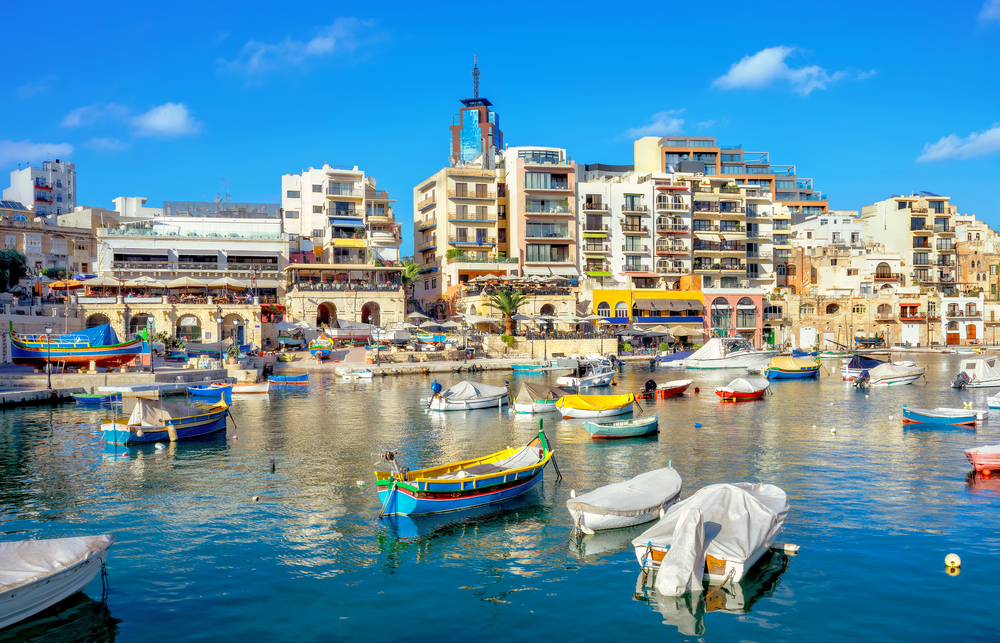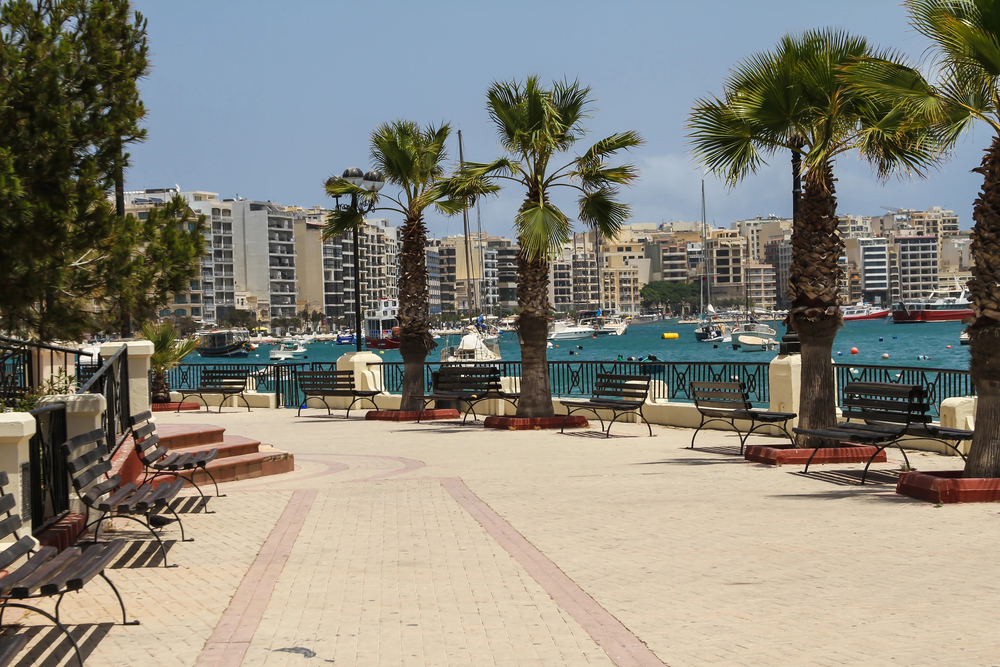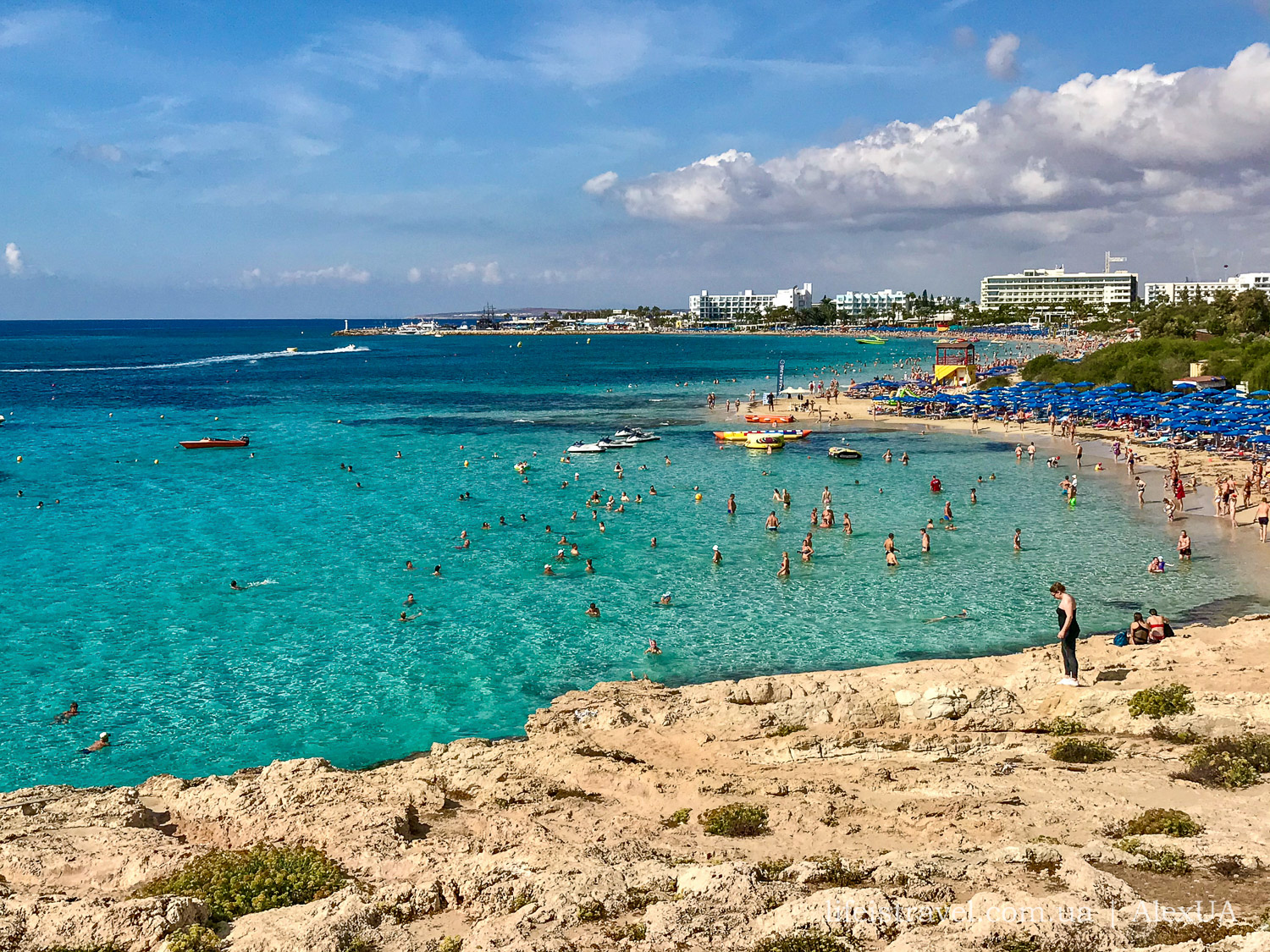October and November in Europe mark the beginning of the rainy and cool season. It’s not always tempting to fly across the Atlantic or to Southeast Asia just to swim in the sea and soak up the sun.
I usually plan trips to Asia or Mexico for winter, but in the fall, you can still swim and sunbathe in Europe until the end of November. Moreover, during October and November, the number of tourists in these countries drops to a comfortable minimum, allowing you to enjoy the sea and sun without feeling isolated. Let me tell you where exactly.
These two countries are located in the middle of the turquoise Mediterranean Sea and have the highest number of sunny days per year. Despite sharing the same sea, these countries are completely different, and each is attractive in its own way.
The main feature of these two countries is that once you’ve been there, you’ll definitely want to go back again. Enough mystery, let’s get to the specifics.

Malta
This country is located between Italian Sicily and the northern coast of Africa. Malta is also an archipelago of three islands, and the country is named after the largest one, the island of Malta.
Malta is a microstate, with the largest island measuring 27 km from north to south and 14 km from west to east.
The concentration of sights on Malta amazes even seasoned travelers, and I modestly count myself and Tanya among them. Malta’s capital, Valletta, is considered one of the most beautiful cities in the Mediterranean. Malta is home to some of the oldest fortresses in Europe, located in Valletta on the azure bay and the ancient capital, Mdina.
The second island of Malta, tiny Gozo, is famous for its ancient ochre-colored villages and azure rocky bays.
- How to Travel to Malta on Your Own: Detailed Plan
- Where to Stay in Malta: 9 Best Areas and Hotel Recommendations
How Warm is Malta in the Fall?
Let’s count fall as October and November, which are considered the off-season. If you want to extend your summer, feel free to plan Malta for October or November. Don’t pack away your summer clothes; just add a light jacket or sweater for cool evenings.
Malta is warmer than mainland Europe, and it stays warm all year round. Fall temperatures range from 24-28°C during the day and 18-22°C in the evening and at night. The sea warms up well during the summer, and the water temperature is around 22-24°C. It’s comfortable to swim until the end of November.
Malta is one of the best options for a summer vacation in October or November. Hotel prices drop, and you can find great accommodation for two for 60-100 euros per night, or budget options for less than 50 euros.

How to Get to Malta
Getting to Malta is easy, with both low-cost airlines and traditional carriers flying from many major European cities.
You can check flight routes and prices on Aviasales. One-way tickets start from 25 euros.
Malta has a well-developed public transport system – buses and ferries – but you can also rent a car for more independence.
We book accommodation on Booking-Malta, relying on our experience and reviews when we traveled for the first time.
Cyprus
Cyprus is geographically part of the Middle East, but mentally and geopolitically, it’s Europe. The country is a member of the European Union and has a complicated political history.
As a result of the Turkish invasion in 1974, Cyprus is divided into two parts – the southern and northern regions. When we talk about Cyprus, we usually refer to the southern part. The northern part is the Turkish Republic of Northern Cyprus, which is also easily accessible for tourists. I’ve written about this in detail.
Cyprus’s calling cards are numerous ancient Greek ruins and monasteries, as well as white sandy beaches in the many resort areas. In the fall, you can add visits to Cypriot wineries to your itinerary, alongside swimming in the sea and hiking in the mountains.
For beach vacations and lively youth parties, choose Ayia Napa. Though in the fall, it’s far less busy than in the summer. For a family beach holiday, the best place is Protaras and Paralimni, a paradise strip of white sand. Practically the Caribbean, but closer and cheaper.
For exploring ancient ruins, mountain trips combined with swimming in the sea, book accommodation in Paphos.
We love late autumn in Cyprus; it’s still warm, but with half or even a third of the people, prices are lower, and it’s easier to breathe and relax.

What’s the Weather Like in Cyprus in the Fall?
Fall in Cyprus is nothing like what you’re used to in Europe. In October, it’s just as warm as in September, around 28-30°C, and the sea is very warm. November is cooler: daytime temperatures are 25-28°C, the sea is 22-24°C, and it’s very sunny.
In November, most holidaymakers leave, but there are still tourists, though in much more reasonable numbers. All restaurants, cafes, and bars remain open.
How to Get to Cyprus This Fall
Cyprus has two international airports – Larnaca and Paphos. Depending on your preferences, choose a resort and buy your ticket, as now you already know where to go.
There are plenty of flights to Cyprus from most major cities in mainland Europe and the UK. Low-cost carriers like Wizzair and Ryanair, as well as traditional airlines, operate flights. You can buy tickets for 30-40 euros one way.
In Cyprus, it’s worth renting a car, and in the fall, rental prices start from 15 euros per day. Driving is on the left side, but you get used to it quickly – in 20-30 minutes, the roads are excellent, and drivers are careful.
We’ve been renting cars in Cyprus for a long time and always use this trusted site.
To avoid fraud, we only search for accommodation on Booking – the best prices and a wide selection for any budget.
